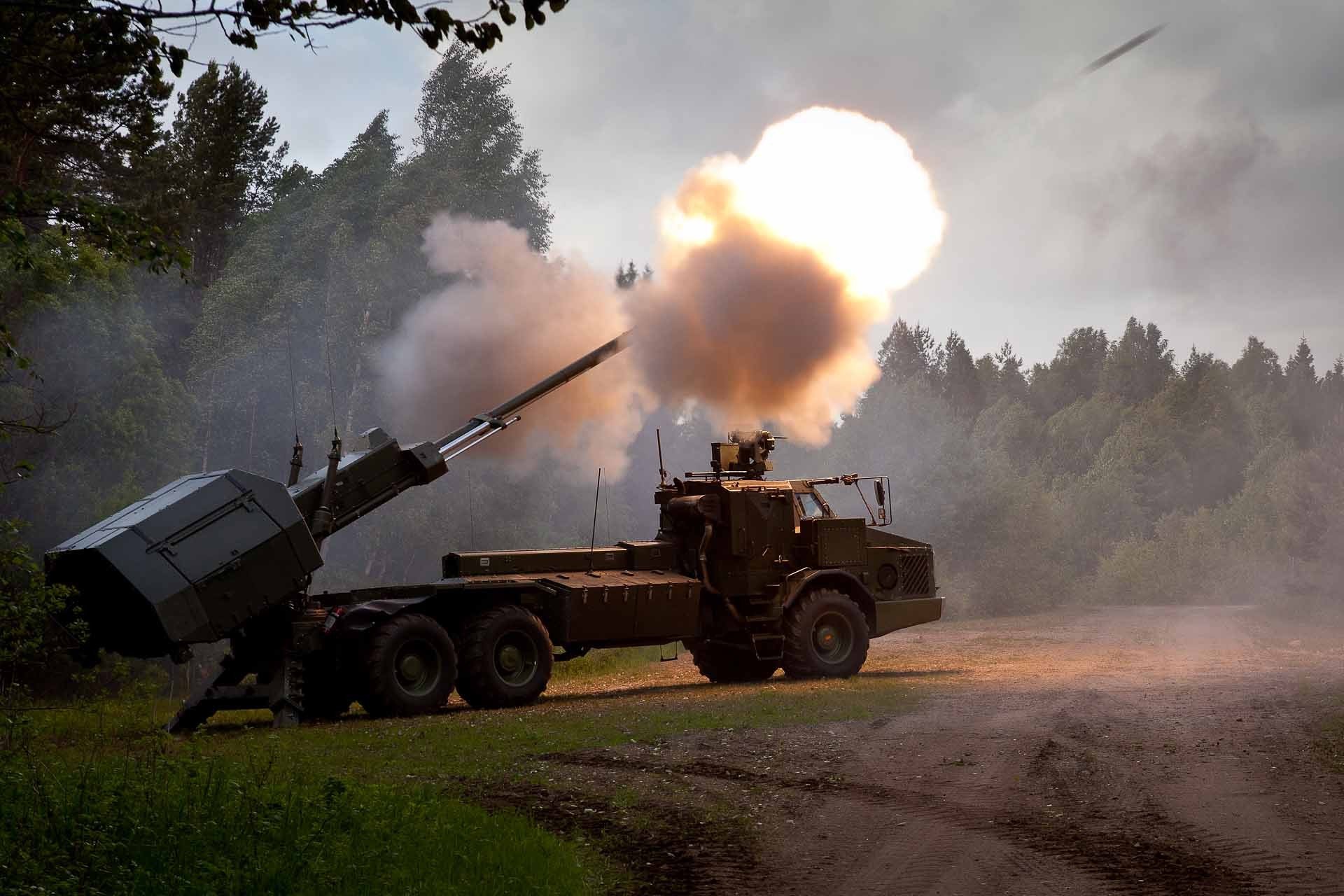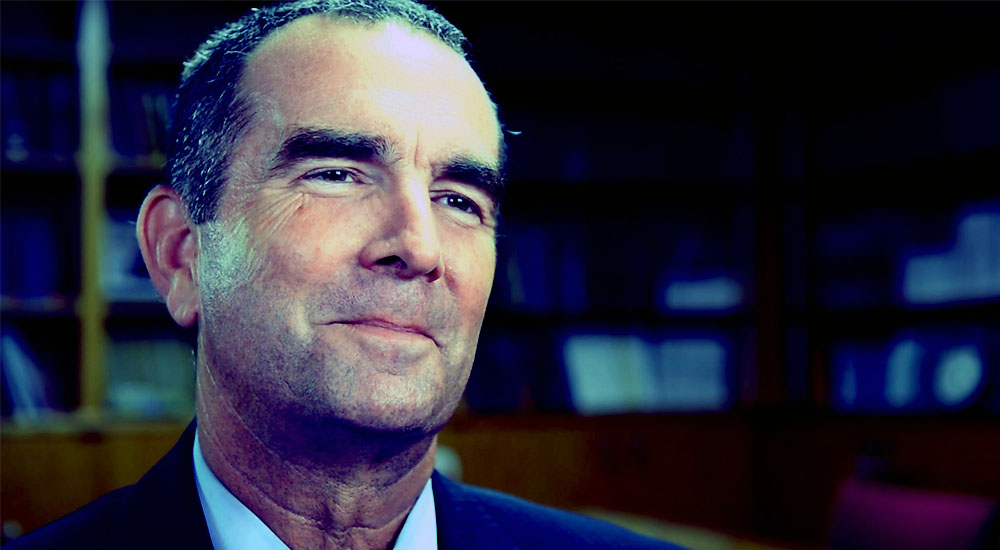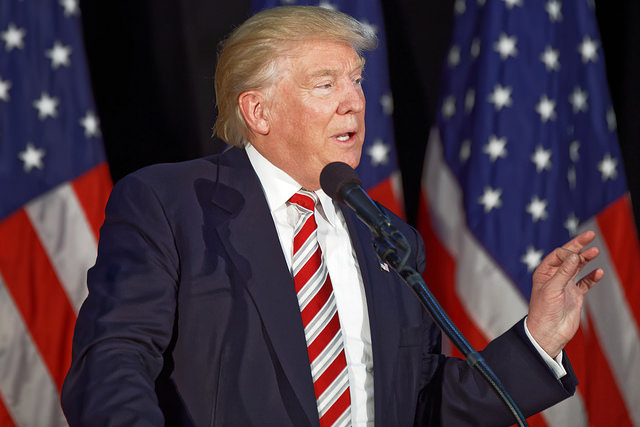After years of fighting counterinsurgency wars in Afghanistan and Iraq, the US Army has a tough mission ahead of it. During those counterinsurgency years—some of which continues today as we keep a lid on any resurgence of ISIS—the US Army engaged in a combination of urban warfare and search and destroy missions. The tactical skills to do that sort of warfare are quite different from those required for what the Army now terms “large-scale combat operations,” or what civilians call conventional war. Why the shift back to conventional war?
First, great-power conflict should be the base case for likely wars that America must be prepared to fight and win. The skills to do that are very complex, requiring the synchronization of infantry, armor, artillery, and aviation combat power along with vital support in the form of air defense, engineers, intelligence logistics (ordnance, maintenance, supplies, and medical), signal, and highly specialized functions to operate in a nuclear, chemical, and biological environment. Moreover, conventional war can occur on all manner of terrain, manmade and otherwise. That requires the right people, properly trained, along with the right structure and unit strengths to conduct large-scale warfare.
Second, that’s expensive. I call it the costs of freedom. People debate that a lot. It’s a classic “guns or butter” back and forth that in American history often results in the Army being underfunded in time of peace such that when the threat of war looms, we find ourselves scrambling to prepare for war. That’s a poor way to do business. Better to keep preparedness on the front burner than the back, but with all the recurring and debt-ridden entitlements and domestic Federal spending, that’s increasingly hard to do. It would be helpful if the Federal government would divest itself of nanny-state spending and focus on its preeminent responsibility, namely, protecting freedom. That requires a robust national defense to counter the likes of our near peer adversaries, China and Russia, to say nothing of the insanity we face from North Korea, Iran, and state sponsors of terrorism.
Third, getting prepared takes genuine leadership. I think we have that talent in our Army today, yet they must keep their nose on the bird, as hunters like to say. That means they have to focus keenly on combat capability and readiness, not the distractions of social engineering including silly notions about pronouns, gender, and other superficial prattle. None of that makes warriors. And that’s why the Army exists: to make warriors to defend America, not our infatuations of some for “political correctness.”
If you really do not care about combat preparedness, none of these preparatory things matter to you. But they concern me because I have seen their value in war. Unfortunately, during the counterinsurgency years, or “COIN” for short, many of the skills needed to fight in large-scale combat were shelved and allowed to fall into disrepair. One of them was the artillery and the fire support skills needed to ensure victory on the battlefield. I wrote about that in Desert Redleg: Artillery Warfare in the First Gulf War and the skills I highlight there are just as necessary today as they were then. The problem is those skills were allowed to atrophy for almost two decades while infantry and some armor forces engaged in urban and unconventional warfare while fighting terror. The Army put its artillery “on the shelf” so to speak, and that was a huge mistake. As such, when the Army began to refocus on conventional war, it soon found that its maneuver and artillery forces were ill-prepared to engage the likes of a Russian or Chinese military threat. Now, having cut much of its artillery infrastructure, the Army has begun to rebuild it. Having failed to keep up with the advances our enemies made as we slept, the Army has embarked on new improvements in the range and lethality of the artillery. However, as good as those reforms are, rebuilding the fire support skills to use the artillery effectively is the huge challenge before us.
Here’s the good news. I just participated in a reunion of artilleryman at Fort Sill, Oklahoma. There we received briefings from the Artillery School, and I’m more assured than ever that we have the right young and engaged leadership to rebuild the artillery to again be the “King of Battle,” the moniker of cannoneers for centuries.
I care about this, not only because I was an artilleryman, but I am a citizen of this country and I want to help. That is why I’m authoring a new book that shines a light on the path the Army must take to renew its artillery abilities for conventional war. We always go forward best by going back first. That has begun. But we must get it right going forward.
SCOTT LINGAMFELTER, a retired Army colonel, served in the Virginia General Assembly from 2002 to 2018. He is the author of “Desert Redleg: Artillery Warfare in the First Gulf War” (University Press of Kentucky, 2020) and “Yanks in Blue Berets: American UN Peacekeepers in the Middle East” (UPK, July 4, 2023).





